
Site Reliability Engineering. How Google Runs Production Systems Niall Richard Murphy, Betsy Beyer, Chris Jones
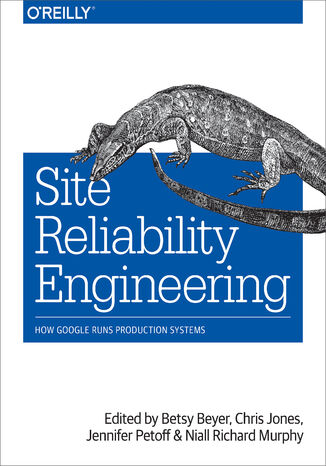

- Autorzy:
- Niall Richard Murphy, Betsy Beyer, Chris Jones
- Wydawnictwo:
- O'Reilly Media
- Ocena:
- Stron:
- 552
- Dostępne formaty:
-
ePubMobi
 opcje wysyłki »
opcje wysyłki »
Opis
książki
:
Site Reliability Engineering. How Google Runs Production Systems
The overwhelming majority of a software systemâ??s lifespan is spent in use, not in design or implementation. So, why does conventional wisdom insist that software engineers focus primarily on the design and development of large-scale computing systems?
In this collection of essays and articles, key members of Googleâ??s Site Reliability Team explain how and why their commitment to the entire lifecycle has enabled the company to successfully build, deploy, monitor, and maintain some of the largest software systems in the world. Youâ??ll learn the principles and practices that enable Google engineers to make systems more scalable, reliable, and efficientâ??lessons directly applicable to your organization.
This book is divided into four sections:
- Introductionâ??Learn what site reliability engineering is and why it differs from conventional IT industry practices
- Principlesâ??Examine the patterns, behaviors, and areas of concern that influence the work of a site reliability engineer (SRE)
- Practicesâ??Understand the theory and practice of an SREâ??s day-to-day work: building and operating large distributed computing systems
- Managementâ??Explore Google's best practices for training, communication, and meetings that your organization can use
Wybrane bestsellery
Niall Richard Murphy, Betsy Beyer, Chris Jones - pozostałe książki
O'Reilly Media - inne książki
Dzięki opcji "Druk na żądanie" do sprzedaży wracają tytuły Grupy Helion, które cieszyły sie dużym zainteresowaniem, a których nakład został wyprzedany.
Dla naszych Czytelników wydrukowaliśmy dodatkową pulę egzemplarzy w technice druku cyfrowego.
Co powinieneś wiedzieć o usłudze "Druk na żądanie":
- usługa obejmuje tylko widoczną poniżej listę tytułów, którą na bieżąco aktualizujemy;
- cena książki może być wyższa od początkowej ceny detalicznej, co jest spowodowane kosztami druku cyfrowego (wyższymi niż koszty tradycyjnego druku offsetowego). Obowiązująca cena jest zawsze podawana na stronie WWW książki;
- zawartość książki wraz z dodatkami (płyta CD, DVD) odpowiada jej pierwotnemu wydaniu i jest w pełni komplementarna;
- usługa nie obejmuje książek w kolorze.
Masz pytanie o konkretny tytuł? Napisz do nas: sklep@ebookpoint.pl
Książka drukowana









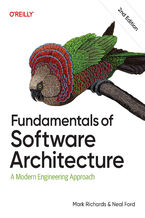
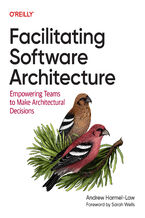


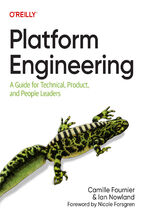

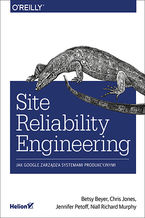
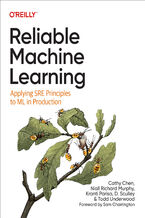
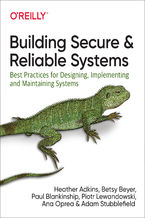
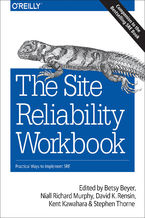
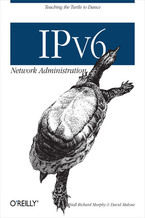






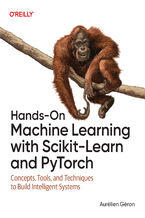
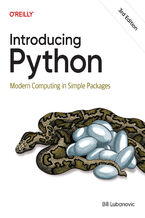
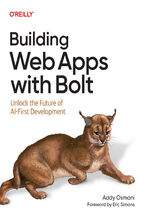

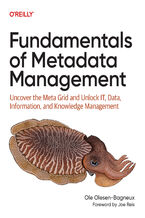
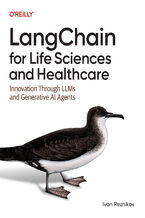
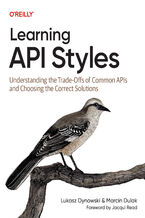
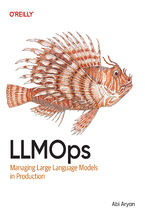

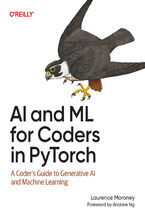
Oceny i opinie klientów: Site Reliability Engineering. How Google Runs Production Systems Niall Richard Murphy, Betsy Beyer, Chris Jones
(0)